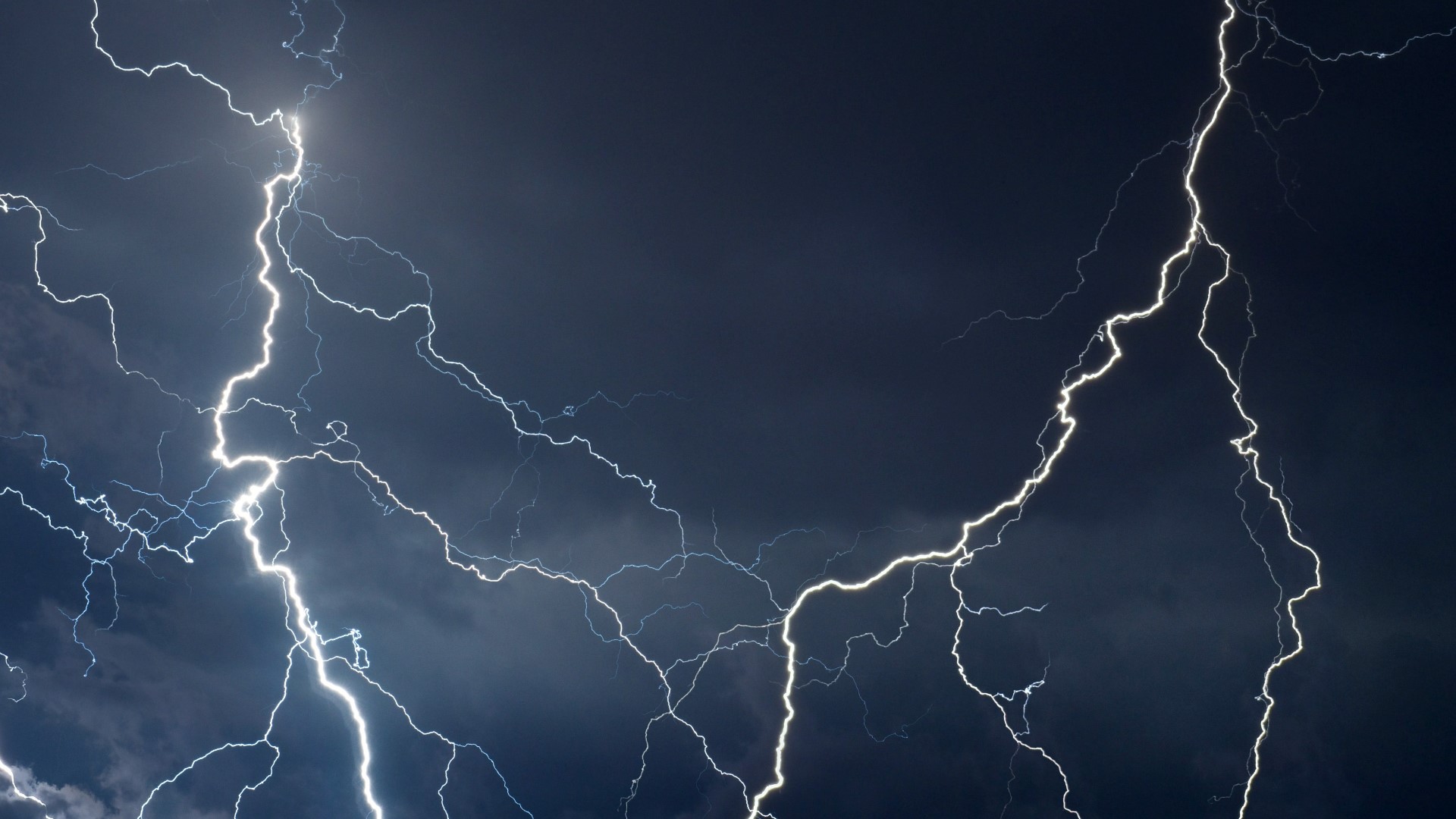COLUMBUS, Ohio — Severe weather can happen anytime and could create hazardous conditions with thunderstorms, hail and damaging winds.
The Ohio Emergency Management Agency suggests putting together an emergency preparedness kit in the event of severe weather. The kit should include basic supplies like flashlights or battery-operated lanterns, portable radio, dry and/or canned foods, water and blankets.
What to include in your emergency preparedness kit
Food/Drink
- One gallon of water per person per day, to last at least 3 days.
- Ready-to-eat canned meats, soups, fruits and vegetables
- High-energy foods (peanut butter, jelly, crackers, granola bars, trail mix, etc.)
- Canned, bottled or boxed juices
- Comfort foods (cookies, candy, cereals, instant coffee, tea bags, etc.)
Sanitation
- Toilet paper, towelettes
- Soap, liquid detergent
- Hand sanitizer, disinfectant
- Feminine supplies
- Plastic garbage bags, ties
- Plastic bucket
- Household chlorine bleach
Clothing/Bedding
- At least one complete change of clothing and footwear per person
- Sturdy shoes or work boots
- Rain gear
- Blankets or sleeping bags
- Hats and gloves
- Thermal underwear
Special Items
- Medications (prescription and non-prescription)
- Spare eyeglasses, contact lenses
- Important family documents (store in a waterproof, portable container)
- Board games, books, playing cards (for entertainment)
- Supplies for individuals with special needs (babies, elderly or disabled persons)
*Replace batteries, food and water every six months.
Severe Weather and Disaster Safety Tips
- When at home or in a building and threatening weather approaches, go to the basement or interior hall. Stay away from windows.
- Stay protected from lightning by seeking cover inside substantial buildings (one with a full enclosed roof, walls, and floor) and hard-topped vehicles.
- During a forecast of severe flooding, be prepared to evacuate. Get to high ground.
- Never attempt to walk or drive through flood waters. The water can be much deeper than it appears.
- The safest place to be during a tornado is a basement. If the building has no basement, or cellar, go to a small room (a bathroom or closet) on the lowest level of the structure, away from windows, and toward the center of the building.
- If you’re in a car or mobile home when a tornado approaches, leave immediately. If you cannot locate underground shelter, lie flat in a gully or ditch.
- If you’re outside when a hailstorm strikes, quickly seek shelter.
Doppler 10 Weather Resources

